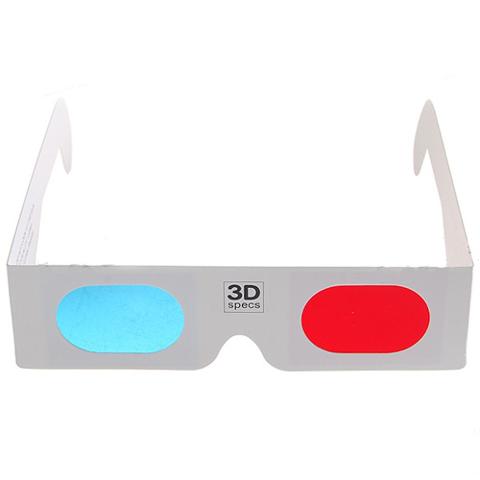Like the 3DS, the MIT researchers’ HR3D system uses two layers of liquid-crystal displays. But instead of displaying vertical bands, as the 3DS does, or pinholes, as a multiperspective parallax-barrier system would, the top LCD displays a pattern customized to the image beneath it. Going into the project, the researchers had no idea what the customized pattern would look like. But once they’d done the math, they found that the ideal pattern ends up looking a lot like the source image. Instead of consisting of a few big, vertical slits, the parallax barrier consists of thousands of tiny slits, whose orientations follow the contours of the objects in the image.As always, there is a catch. In order to create the 3D illusion, the HR3D must do a lot of heavy number crunching. The power saved in the screen would be lost to the increased processing requirement -- essentially robbing Peter to pay Paul -- but there is hope. Doug Lanman, one of the scholars behind the technology, is confident that the algorithm can be refined so that it would require “far less computation.” That, combined with the power-saving benefit of running the refined algorithm on purpose-built chips, would see a significant reduction in the power required for the computation side of the equation.
Research Offers Glimpse of Glasses-Free 3D Television
A group of researchers at MIT’s Media Lab think they've come up with an approach that will allow portable devices to use significantly less power while maintaining both brightness and resolution. It effectively doubles their battery life (we will get to why a little later). While that's impressive in and of itself, what it offers for larger screens is much more interesting. For MIT’s new screen does everything one would expect a glasses-free 3D TV to do: It can be viewed from multiple angles by multiple users; it even maintains the 3D effect when the screen is moved. Nintendo’s route to glasses-free 3D was to make use of a screen with vertical slits that sits at a small distance in front of the screen with the image. When that parallax barrier is the right distance from the screen, the 3D effect is achieved. In conjunction the opaque sections at either side of the screen, the slits do the work of glasses -- that is, they separate the different parts of the image that are intended for each eye. The right eye sees one part, the left eye sees another, and you have a third dimension. The trouble with the Nintendo approach is that you need to have two LCD screens sitting next to each other. In order to compensate for the light blocked by the parallax barrier, the brightness of the screens has to be set extremely high. This is the reason for the 3DS’s lackluster battery life (approximately three hours). Another weakness is that the effect is lost as soon as the screen is moved -- not a big problem for televisions, but an enormous one for something designed to be held in your hands. While it would be possible to create a television based on this technology, it wouldn't be something you'd want to keep in your living room. The user would have to be sitting directly in front of the screen at a predetermined distance -- not a very social experience. The HR3D system takes a different approach. MIT News explains:


